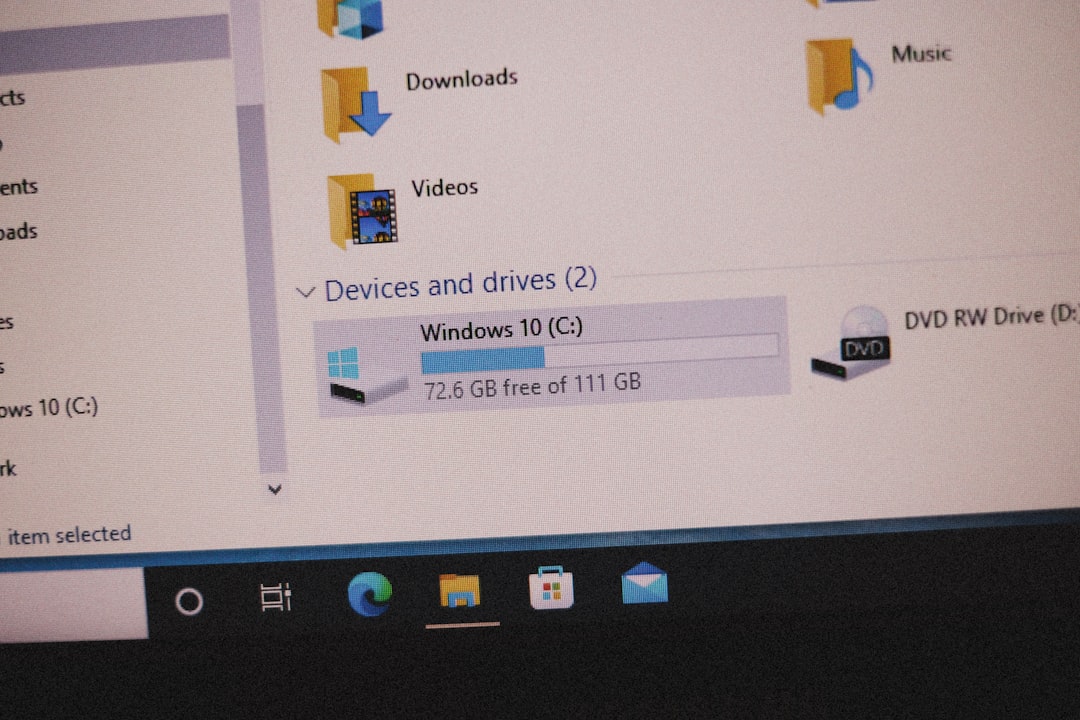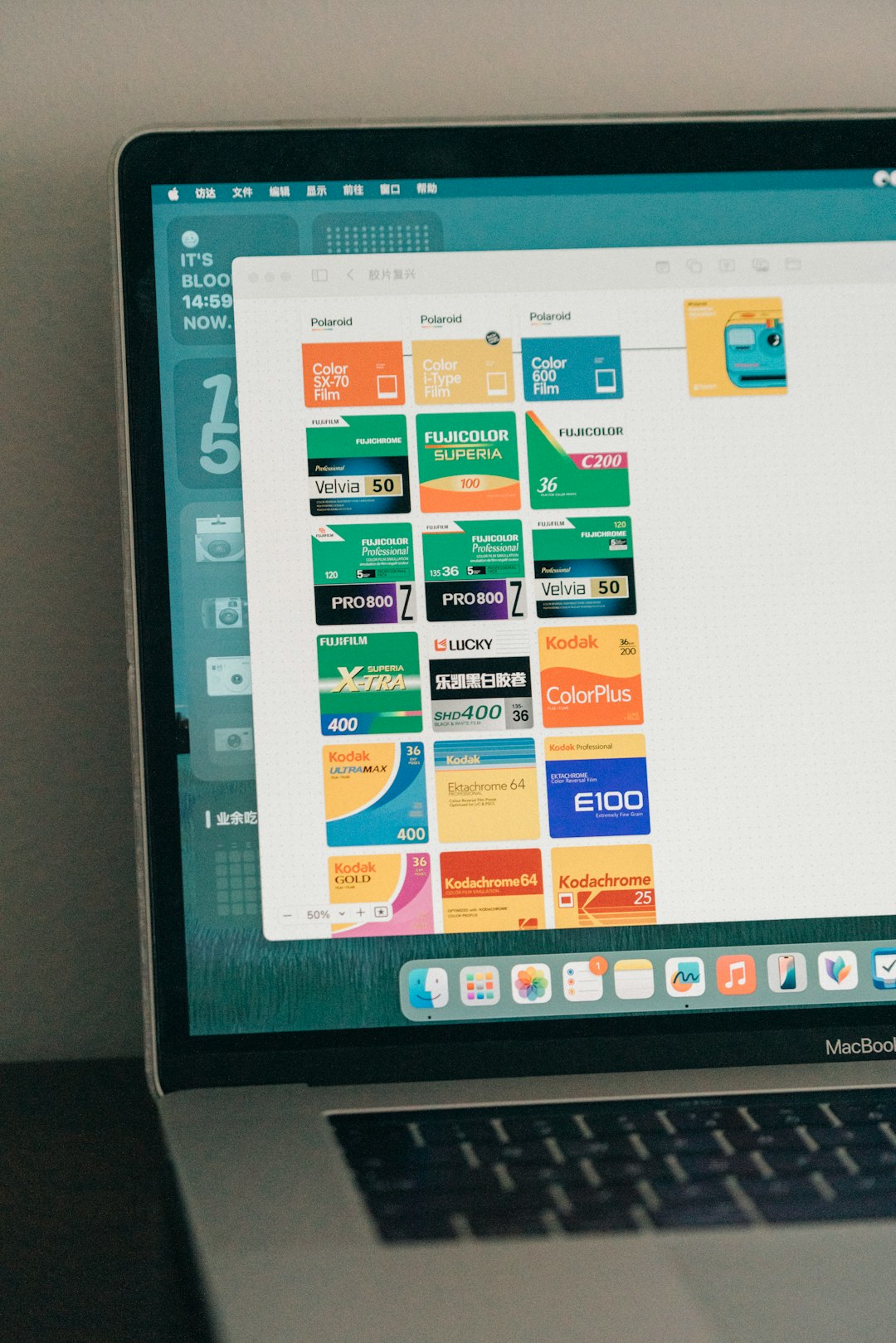Windows is a powerful operating system with countless features that are often hidden beneath the surface. One such underutilized yet remarkably useful feature is the Shell:AppsFolder command. If you’ve ever struggled with navigating the Start Menu clutter or wished for a faster way to access, organize, or manage all the installed apps on your PC, then understanding and using Shell:AppsFolder can be a game-changer.
This handy tool grants you direct access to a powerful virtual folder containing shortcuts to every app and system utility on your Windows installation. In this article, we’ll explore how you can use Shell:AppsFolder efficiently to improve productivity and keep your digital environment tidy and accessible.
What is Shell:AppsFolder?
The Shell:AppsFolder is a shell command that opens a special view of all your installed applications—both traditional desktop programs and modern Windows Store apps. It’s essentially a centralized location where you can manage all your apps, no matter where they came from.
To access it, simply do the following:
- Press Windows + R to open the Run dialog.
- Type
shell:AppsFolderand hit Enter.
Once opened, you’ll see a window showing every installed app—organized as clickable icons—like the classic ‘All Programs’ menu with a modern twist. This interface is more navigable than the Start Menu and lets you perform a variety of advanced operations.

Why Use Shell:AppsFolder?
The power of Shell:AppsFolder lies in the simplicity and control it offers over application management. Here are a few reasons why it stands out:
- All-inclusive View: See both legacy and modern apps in one place.
- Drag-and-Drop Functionality: Easily create desktop or custom folder shortcuts.
- Right-Click Options: Access advanced options like “Uninstall”, “Pin to taskbar”, or “Open file location”.
- Organization: Create custom groups or categories for quicker access.
Efficient Ways to Use Shell:AppsFolder
Now that you know what it is, let’s look at some efficient, practical uses of Shell:AppsFolder in your daily Windows experience.
1. Create Custom App Shortcuts
One of the best uses of Shell:AppsFolder is the ability to create custom shortcuts for your most-used applications. This is especially helpful for Windows Store apps which don’t always offer the option to create shortcuts traditionally.
To do this:
- Open the Apps Folder using
shell:AppsFolder. - Right-click any app and choose “Create shortcut.”
- Windows will prompt that the shortcut must be placed on the desktop—click Yes.
You can now drag these shortcuts into organized folders, pin them to the taskbar, or tile them on your Start Menu for quicker access.
2. Build a Custom Applications Dashboard
A smart way to streamline efficiency is to build a custom dashboard—maybe a folder on your desktop or in your Documents folder—containing only the shortcuts for your most important tools.
Such a dashboard allows for:
- Quick Launching: Don’t waste time searching your programs.
- Aesthetic Organization: Customize icons, folder themes, and layout for better visibility.
- Role-Based Setups: Create folders for work, gaming, creativity, or productivity-oriented apps.

3. Simplify Troubleshooting and Maintenance
If you’re a power user or IT professional, Shell:AppsFolder is an excellent maintenance tool. From it, you can quickly:
- Launch Control Panels and System Tools: Items like Disk Cleanup, Task Manager, and Command Prompt are all easily accessible.
- Uninstall Elusive Programs: Some Windows apps don’t appear in the “Apps & Features” settings, but you can uninstall them directly from here.
- Open File Locations: For traditional desktop apps, you can instantly jump to their installation directory.
It’s far quicker than navigating through nested menus or settings to find what you’re looking for.
4. Organize Your System for Multiple Users
Sharing a computer with family members or coworkers? The Shell:AppsFolder can be used to create organized folders or shortcuts tailored to each person’s needs. Place them in public locations (like C:\Users\Public\Desktop) or individual user areas for easy personalization.
Tips for Advanced Users
If you’re looking to take your usage to the next level, here are a few expert tips:
- Use with Task Scheduler: Link your Shell-app shortcuts to scheduled tasks for automation.
- Create a portable toolkit: Store grouped shortcuts on a USB for use on multiple machines.
- Combine with Launchers: Use app launchers like “Executor” or “Launchy” to search and launch apps from this folder dynamically.
Advanced users will find that integrating the power of Shell:AppsFolder with tools like PowerShell or Batch scripts can result in highly customized workflows and automation solutions.
Common Problems and Fixes
Using Shell:AppsFolder is mostly straightforward, but you might occasionally run into issues such as:
- App Not Appearing: Some portable apps don’t automatically show up. Create manual shortcuts using their executable files.
- Missing Context Menu Options: If “Uninstall” or “Open File Location” is missing, it’s likely a Windows Store app, which behaves differently from traditional software.
- Access Errors: Ensure you’re running with the correct user privileges. Some apps need admin rights for operations.
Stay aware of these limitations to avoid frustration and make the most out of this versatile folder.
Conclusion
Managing your applications doesn’t have to be a chaotic process. With the help of Shell:AppsFolder, you can bring efficiency, order, and speed to your computing experience. Whether you’re a casual user looking to clean up your desktop or a power user automating workflows, this powerful tool is right at your fingertips—literally.
The next time you’re trying to locate that odd app that’s buried deep in your system or simply want to revamp your digital workspace, remember that Shell:AppsFolder might just be the quiet little feature that transforms your Windows experience.






